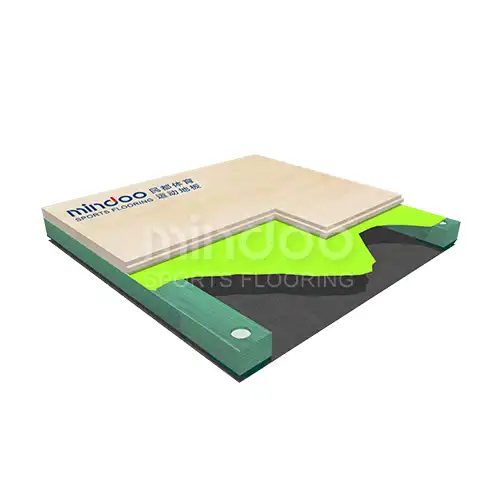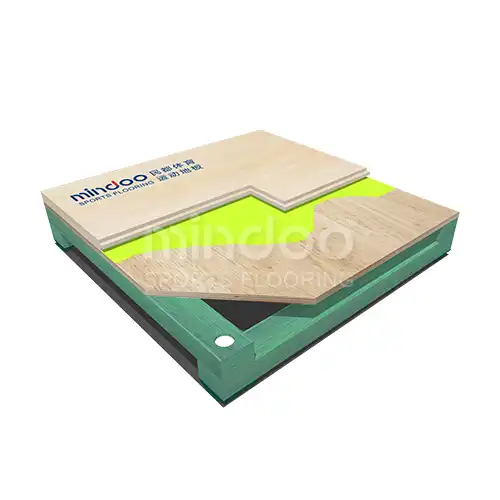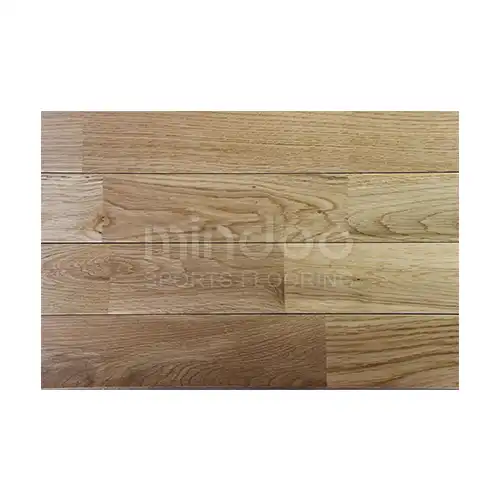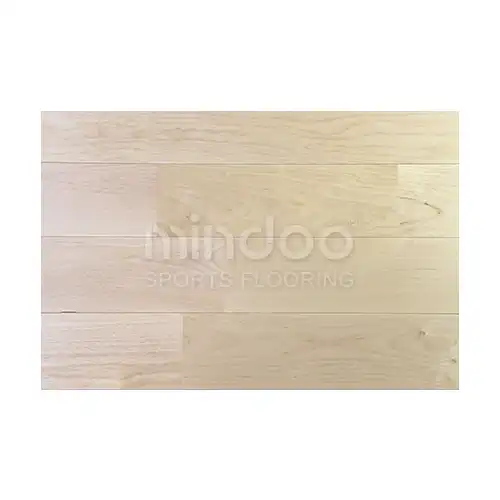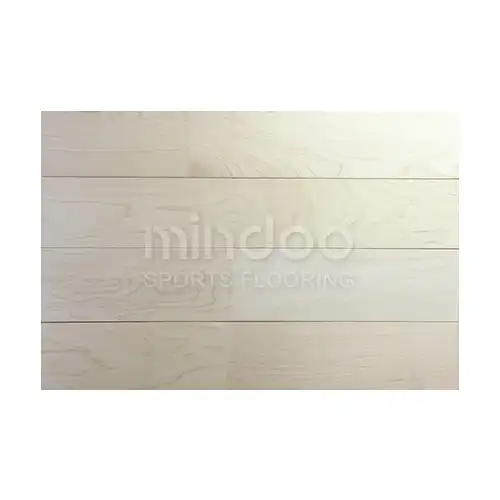The Origins and Evolution of the Removable Sports Floor
In the world of sports flooring, the removable sports floor stands out as one of the most practical and innovative solutions. This type of flooring has transformed sports facilities across the globe, offering flexibility, cost-effectiveness, and ease of maintenance. But where did it come from? How did it evolve to become the go-to solution for many multi-purpose venues? This article explores the origins, development, and current state of removable sports floors, shedding light on the factors that led to their widespread adoption in modern athletic spaces.

1. The Beginnings: The Need for Flexibility in Sports Facilities
Before the concept of removable sports floors emerged, many sports venues relied on permanent, fixed flooring systems. These traditional floors, often made of hardwood or other durable materials, were ideal for single-purpose spaces like basketball courts or hockey rinks but posed significant challenges when it came to multi-purpose arenas.
In the mid-20th century, as the demand for versatile sports arenas grew, the need for a flooring solution that could easily be installed, removed, or adjusted became apparent. In particular, facilities that hosted a variety of sports—basketball, volleyball, tennis, and even concerts or trade shows—needed a system that could accommodate different requirements without compromising performance.
The solution came in the form of removable sports floors. These floors allowed for quick reconfiguration of the space, making it easier to cater to a variety of events. Unlike traditional floors, which were permanent fixtures, removable floors could be installed for specific events and removed after use, creating a much-needed level of versatility in sports and entertainment venues.
2. Early Development: Experimenting with Materials and Systems
The first iteration of removable sports floors was fairly simple. Early systems primarily used wood panels that could be clicked together and placed on top of a subfloor. These panels were designed to interlock securely, providing a stable and level surface for sporting events. However, these early designs were often bulky and time-consuming to install and remove. While they offered flexibility, the systems were far from perfect and required a lot of manual labor.

In the 1970s and 1980s, as the demand for modular, easy-to-install flooring grew, manufacturers began experimenting with different materials and construction techniques. One of the key innovations during this period was the use of interlocking plastic and rubber tiles. These materials provided more durability, better shock absorption, and easier maintenance compared to their wooden predecessors. The interlocking design became a hallmark of removable sports flooring systems, as it allowed for faster installation and removal without the need for complex tools or professional help.
During this time, manufacturers also started to develop systems that could better withstand the heavy rolling loads often associated with sports equipment, bleachers, and large crowds. The addition of reinforced edges and interlocking features improved the overall strength and stability of the floor, making it suitable for larger, high-traffic venues.
3. The Rise of High-Performance Materials: Advancements in Technology
By the 1990s, removable sports floors had evolved significantly, largely due to advancements in material science and engineering. Manufacturers began to incorporate more advanced materials such as high-density polyethylene (HDPE) and specialized rubbers, which offered superior performance characteristics compared to earlier designs.
The introduction of these materials helped to address some of the key challenges faced by earlier systems, such as durability, wear resistance, and shock absorption. HDPE, for example, is highly resistant to impact and wear, making it ideal for the heavy use that sports floors often endure. Additionally, rubber-based surfaces offered increased comfort and reduced the risk of injury, especially in sports like basketball and volleyball that involve a lot of jumping and quick movements.
In parallel with material advancements, the systems themselves became more refined. Modern removable floors often feature integrated cushioning systems that provide enhanced shock absorption, reducing the impact on athletes’ joints and minimizing the risk of injuries. These systems are also easier to maintain, as they can be cleaned and repaired with minimal effort.
4. The Modern Era: Versatility, Durability, and Innovation
Today’s removable sports floors are a far cry from their early counterparts. The systems are now designed not only for sports but also for a range of other uses, from concerts and conventions to exhibitions and trade shows. Their versatility has made them a staple in arenas, gymnasiums, and multi-use event spaces.
Modern removable floors are lighter, stronger, and more durable than ever before. They are designed for quick installation and removal, often requiring minimal tools or expertise. Some systems feature quick-lock or snap-together designs that make setup and takedown even more efficient. These improvements have made removable floors an attractive option for venues that require flexibility without compromising on performance.
Manufacturers have also made strides in customizing these floors to meet the specific needs of different sports and events. For example, some floors are designed with specialized coatings to provide enhanced grip for basketball or volleyball, while others are made to accommodate the high-speed demands of indoor tennis or futsal. This level of customization has helped the removable sports floor become a popular choice in a wide range of athletic and entertainment venues.

5. Environmental Impact and Sustainability
As environmental concerns become more prominent in construction and facility management, the sustainability of removable sports floors has become an important consideration. Many modern systems are designed with eco-friendly materials that can be recycled or repurposed at the end of their lifespan. For example, the use of HDPE and other recyclable materials in the construction of the tiles helps reduce waste and ensure that the floors can be repurposed or recycled when they are no longer needed.
Additionally, the long lifespan and easy maintenance of these floors mean that they do not need to be replaced as frequently as traditional flooring systems, which reduces their overall environmental impact. As sports facilities and event venues increasingly prioritize sustainability, removable floors are becoming an appealing choice due to their durability, versatility, and eco-friendly attributes.
6. Looking Ahead: The Future of Removable Sports Floors
The future of removable sports floors looks promising, with ongoing innovations aimed at improving both performance and sustainability. New materials, such as recycled rubber and composite fibers, are being explored for their ability to withstand heavy usage while being environmentally friendly. Additionally, manufacturers are working on creating even more lightweight and compact systems that are easier to transport and store, making them even more practical for a wide range of venues.
In terms of performance, the focus is on further enhancing shock absorption, improving grip and traction, and ensuring that the floor remains level and stable even under the heaviest loads. As technology continues to evolve, it’s likely that we will see even more customized, high-performance removable floors that cater to specific sports, activities, and event requirements.
